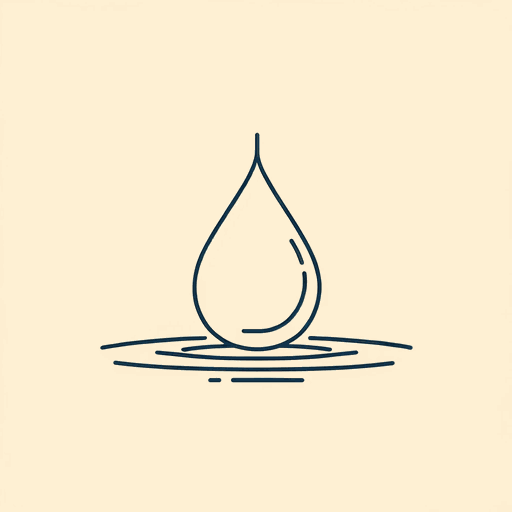58 pages • 1 hour read
Charles FishmanThe Big Thirst
Nonfiction | Book | Adult | Published in 2011A modern alternative to SparkNotes and CliffsNotes, SuperSummary offers high-quality Study Guides with detailed chapter summaries and analysis of major themes, characters, and more.
Chapters 8-10Chapter Summaries & Analyses
Chapter 8 Summary: “Where Water Is Worshipped, but Gets No Respect”
In Delhi, India, a group of people gather on a boulevard. The people have empty containers, and hoses. A water truck brings water to the slum. Residents siphon water into containers. The truck brings 10,000 liters (2,500 gallons) of water daily from the local water utility.
An average American family consumes several times more water than the container-filling Indians consume. Further, the Indian water gets polluted by the hoses that people insert. The water utility runs trucks to thousands of slums. Fishman calls the siphoning “water slavery.”
Vikram Soni, a scientist and environmentalist, resides in a three-story house near the slum, and by some Indian embassies. Water only arrives in the pipes once or twice per week, for a few hours, despite illegal pumping. Some residents pump water into storage tanks to increase the amount. Soni also gets water from the delivery trucks, whose drivers he tips.
India has modernize rapidly, building transportation and education institutions, but water resources remain scarce. In most cities, water only arrives a few hours per day: “Just one of the thirty-five largest cities in India has twenty-four-hour-a-day water service” (222).
Approximately 45% of Indians, around 540 million people, do not have safe water to drink. Soni says that water shortages prevent Indians from developing socially and economically.
Related Titles
By Charles Fishman


